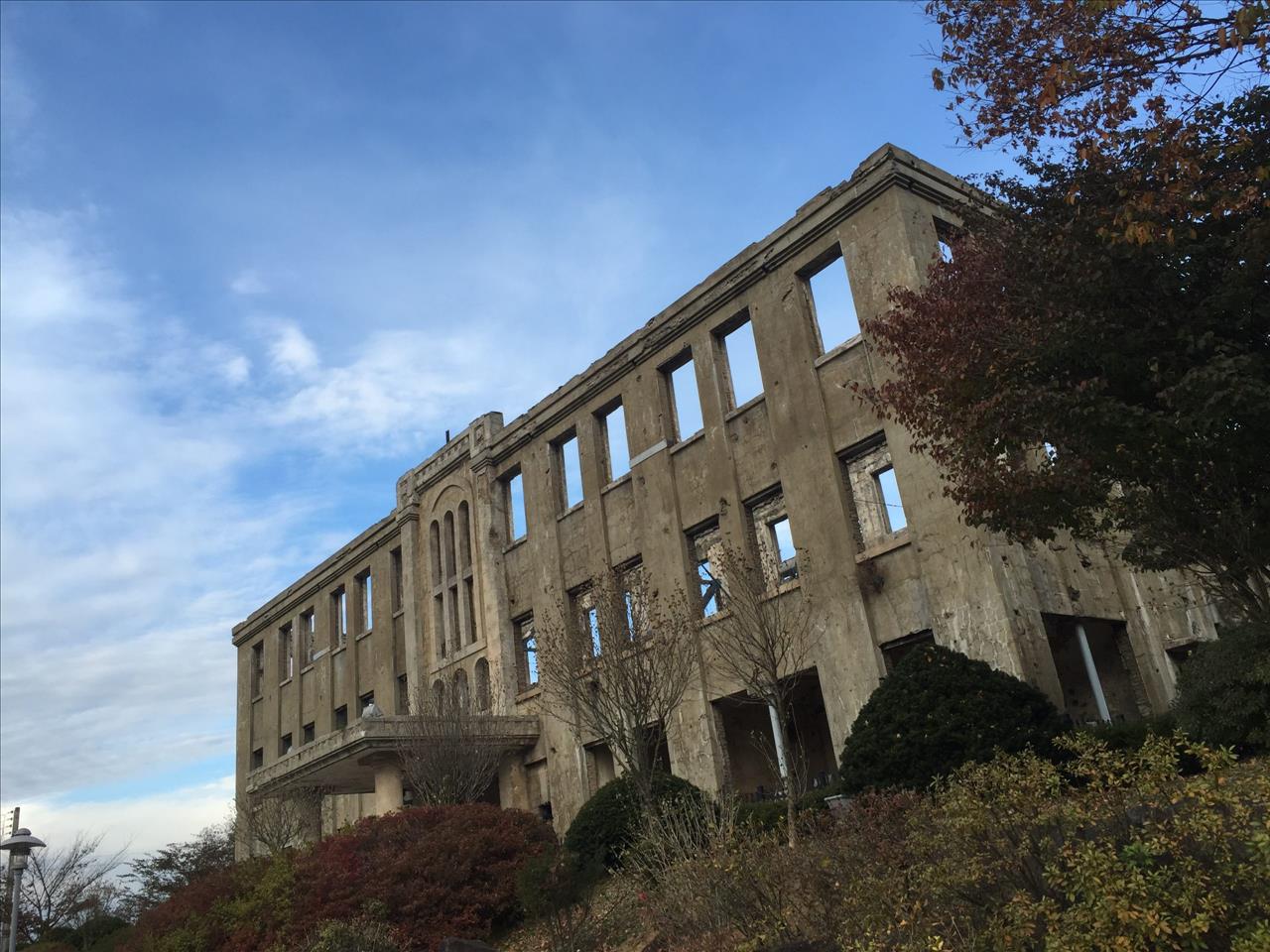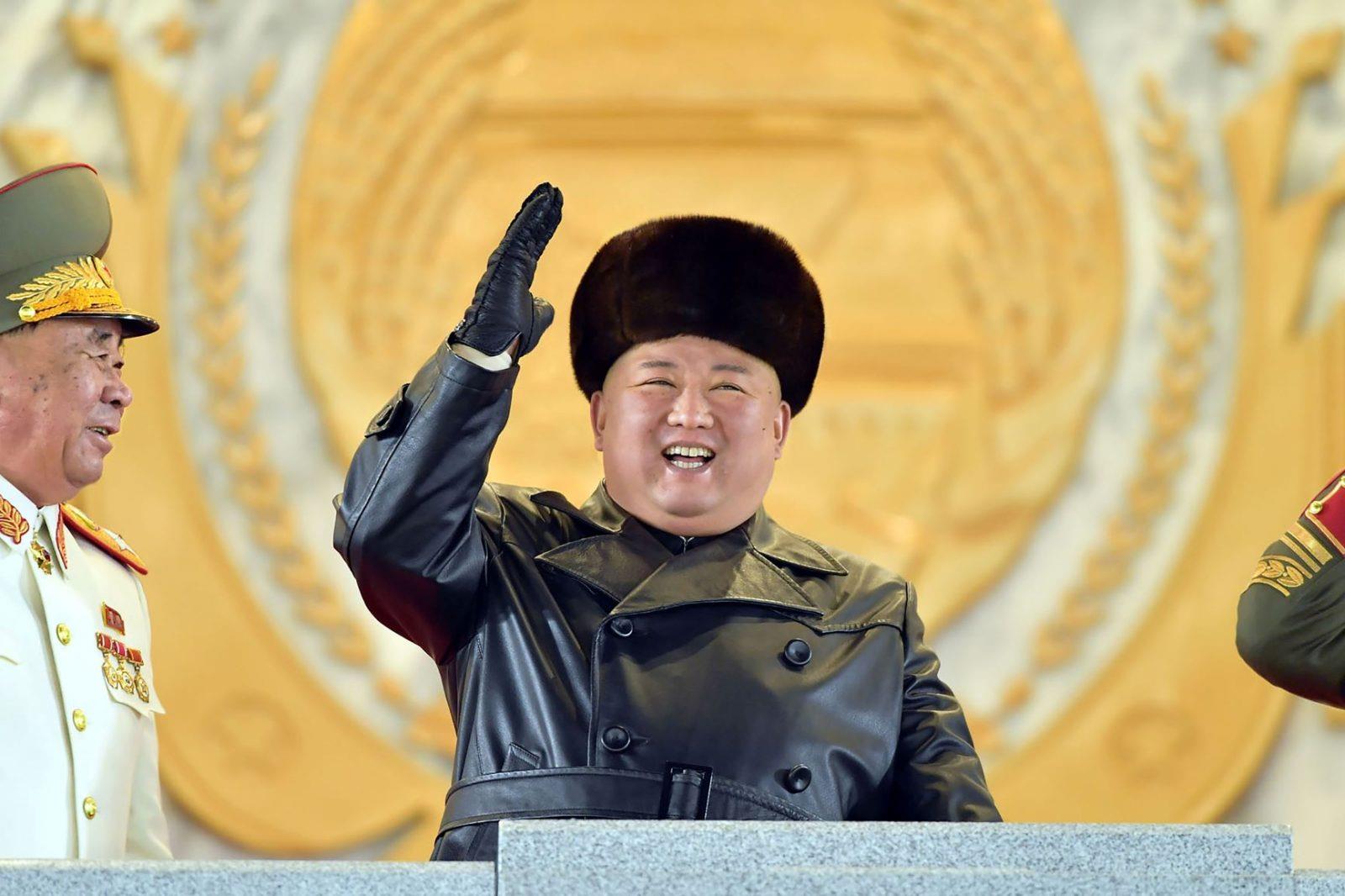(MENAFN- Asia Times) SEOUL – As both South and North Korea conduct live artillery drills on either side of the Demilitarized Zone, the nature of the situation's actual risk remains unclear.
Are the North's angry rhetoric, and barrages that violate mutually agreed-upon buffer zones, preludes to an upcoming artillery strike, based on a deadly 2010 modus operandi, as some fear?
Or are they merely designed to goad the South into revoking a 2018 inter-Korean agreement, painting Seoul as the villain and Pyongyang as the injured party, thereby fortifying the Kim Jong Un regime's own posture for its home audience?
War of drills
South Korean and allied US forces are continuing a week of pre-planned and pre-announced live-fire drills in the county of Cheorwon, a rugged stretch of heavily militarized terrain south of the DMZ that is home to various ranges. The strategic area was the scene of heavy combat during the 1950-53 Korean War, and now is famed as a military-focused tourism site, noted for its eerie ruins, battlefield memorials, and DMZ lookout points.
In response to the drills, North Korea on Tuesday unleashed angry rhetoric and ordered the firing of more live projectiles of its own, according to state media . That followed barrages unleashed on Monday, when the North fired 130 rounds – believed to be from tactical multiple-launch rocket systems – into the seas off both sides of the peninsula.
Some of Monday's projectiles splashed in a buffer zone established in 2018 as part of the mutually agreed Comprehensive Military Agreement. seoul's joint chiefs of staff called those shoots a violation of the CMA and urged the North to desist.
Previously, in November, North Korea had fired a barrage into the zone, and a test-launched missile – possibly errant – had crossed the maritime border before crashing into South Korean waters off the east coast.
One expert warns that the North's angry rhetoric about the current drills recall the operational model it deployed in the deadly year of 2010.

A Korean War-era ruin in the county of Cheorwon South Korea. Image: Andrew Salmon / Asia Times
A deadly benchmark
In late 2009, there had been patrol-boat clashes in the Yellow Sea. In March 2010, the South Korean corvette Cheonan sank in the Yellow Sea – according to South Korean and international investigators, because of a North Korean torpedo – with the loss of 46 sailors.
Subsequently, in November, North Korea complained when South Korea and the US conducted joint training drills. Days later, when South Korean marines conducted live-fire exercises off the island of Yeongpyeong – which is occupied by the South, but lies just 12 kilometers off the North's coast – North Korean artillery fired on the island.
Four persons were killed, a civilian street was flattened, and experts warned that the peninsula was facing its most dangerous crisis since the armistice ending the Korean War was signed in 1953.
The 2010 Yeongpyeong attack may be the modus operandi North Korea is resurrecting in 2022.
“The live-fire we are doing is just normal training for us – I am 100% sure that it does not infringe on the border buffer zones,” said Chun In-bum, a retired South Korean general.“The North Koreans have done this before, in 2010, when they started to make claims about our legitimate training and fired into South Korea. This is very concerning – it is the exact model.”
Asia Times understands that the 2010 situation was contained after South Korean forces were restrained by their US allies from engaging a more florid – and high-risk – response. But Chun fears that any attack this time would meet with a disproportionate response from the South.
“I hope they are not building justification for doing something stupid as our reaction is going to be very firm and could escalate into something that even Kim Jong Un is not prepared for,” Chun said.“I hope he is not trying to test the resolve of the South Koreans or make the Yoon [Suk-yeol] government look foolish.”
A less kinetic, more crafty ploy
However, the North Korean actions could, instead have a political aim – the nullification of the 2018 CMA, which had both substantive and symbolic provisions. The fruit of an inter-Korean summit the same year, the CMA was designed to remove potential flashpoints where skirmishes could occur.
Under it, both Koreas established“buffer zones” on both sides of the border on land, sea and in the air. Within those zones, any live-fire drills within 5 kilometers of the Military Demarcation Line – the actual border that runs through the center of the DMZ – were prohibited. Limited no-fly zones were also designated on both sides of the DMZ.
The agreement's more symbolic provisions – which played out in front of media cameras – included the destruction of a handful of guard posts inside the DMZ, and the removal of firearms from the iconic Joint Security Area in the border village of Panmunjom.
A former deputy commander of the UN Command – the US-led multinational force based in the south that oversees the armistice that ended the Korean War – praised the CMA to Asia Times. But some hawks in the South and the US have decried the agreement, saying that prohibitions on flying favor the North, which lacks up-to-date unmanned aerial vehicles (UAVs) and aircraft.
Prosperous, high-tech, US-allied South Korea has access to far superior ISR (intelligence, surveillance, reconnaissance) assets than the impoverished North. That means the increased reaction time a no-fly zone grants is more valuable to Pyongyang than to Seoul.
Why, then, would Pyongyang seek its dissolution? An expert suggests the reason is not military, but political.
“I don't think the North Koreans want to start something,” said Daniel Pinkston, a Seoul-based international-relations expert at Troy University, speaking of an actual clash of arms.
However, there are domestic reasons why the North might like to see the South nullify the CMA. If Seoul took that step, it would justify Pyongyang's“posture and orientation that 'the world is a menacing place, and Yoon and the Japanese and the Americans are out to get us,'” Pinkston said.
North Korea's economy and society are widely believed to have been badly impacted by the country's tight border closures implemented as an anti-Covid-19 measure. This impact could, feasibly, provide a motivation for Pyongyang to seek to aim public displeasure at overseas targets.
One such exists in Seoul. South Korea's conservative president, Yoon Suk-yeol, is notably more hardline than his progressive predecessor, Moon Jae-in.
Moon, who oversaw the signing of the CMA, favored engaging North Korea and distancing from Japan. Yoon has taken the opposite approach, with the result that Japanese-South Korean-US trilateral exercises – anathema to Moon – have expanded.
From the northern side, 2022 has been a record year for the number of missile tests – of all classes and sizes – conducted by Pyongyang.
“If you sit back in Pyongyang and do nothing, you run the risk of being perceived as weak,” said Pinkston. And in a dictatorship,“you never want to be perceived as weak.”

To his domestic populace, North Korean leader Kim Jong Un benefits from looking tough and creating external threats. Image: Facebook
However, multiple expectations from pundits in both Seoul and Washington that North Korea would this year conduct a nuclear test – its seventh – have so far proved inaccurate.
That has not silenced those voices in the South that speak out against the CMA.
“There are people in the South talking about nullifying the CMA as a retaliatory measure, but I would say that is dumb,” Pinkston warned.“As soon as you go down that path, it validates what North Korea has done.”
There are precedents for conservative presidents in the South killing off inter-Korean projects set in place by their pro-engagement, progressive predecessors.
The Kaesong Industrial Complex – established in 2004 near the city of Keasong, just north of the DMZ – married North Korean labor with South Korean capital and management. It was nullified by the right-wing Park Geun-hye administration in 2016 amid military tensions.
Prior to that, the Mount Kumgang project – a tourism resort established by Hyundai in 1998 that enabled South Korean tourists to visit the scenic North Korean site – had been closed under another conservative leader.
The Lee Myung-bak administration ordered South Korea's exit from the resort after a South Korean tourist was shot dead, apparently in a case of mistaken identity, by a North Korean soldier. The North refused a joint investigation into the killing.
Follow this writer on Twitter @ASalmonSeoul.






















Comments
No comment